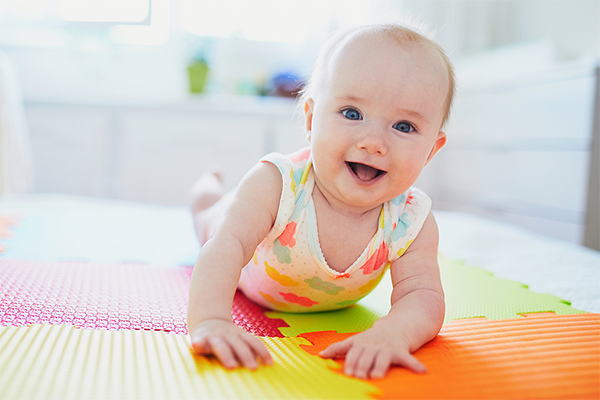How to Help Your Child Create Healthy Habits That Will Stick Around
From the moment you find out you’re going to be a parent, you logically wonder (and often worry) about how to help your child grow and succeed. Your child’s weight is part of that overall picture.
To get to and maintain a healthy weight—and good health overall—it’s important to help your child establish positive lifestyle habits early in life. The habits that your child builds now are more likely to stick around for the long-term.
What a Healthy Weight Looks Like
You may wonder whether your child is at a healthy weight. What exactly is a healthy weight anyway?
That’s a bit of a tricky question. There’s no single guideline for what a “normal” weight looks like at any given age. That’s especially true for children, who are likely to fall outside of the average in one direction or the other.
To determine whether your child is at a healthy weight, have a conversation with your child’s pediatrician. He or she can evaluate your child’s weight against average growth charts and use that information, alongside other pertinent details about your child’s health, to make suggestions about gaining or losing weight.
Keeping Things Positive
These days, you hear a lot about body image. People of all ages are worried or anxious or upset about how their bodies look—and that includes children.
The first and perhaps most important tip we can offer related to your child’s weight is to change the focus from “weight” to “healthy habits.”
This provides a more positive way to approach getting to a healthy weight, providing kids with tangible ways they can become the healthiest version of themselves.
5 Ways to Help Your Child Build Healthy Habits
Get your child off on the right foot in life by helping him or her build healthy lifestyle habits:
- Promote healthy eating habits. Teach your child early about making good food choices. Keep healthy foods such as fruits and vegetables easily accessible, and demonstrate what appropriate portion sizes look like.
- Don’t treat some foods as “bad.” While it may seem natural to want to identify foods as good and bad, doing so can establish an unhealthy approach to eating. Instead, emphasize healthy foods and the nutrients they contain—and talk about eating other foods in moderation.
- Stay active as a family. The American Academy of Pediatrics recommends kids age 5 and older get at least 60 minutes of physical activity per day. Encourage your child to stay active, and incorporate physical activity into your family routine.
- Limit screen time. This is especially challenging right now, particularly for those who are learning virtually, but it’s important to put down devices and participate in other activities as much as possible.
- Be a good role model. Your child will be more likely to build healthy lifestyle habits if he or she sees you modeling them.




